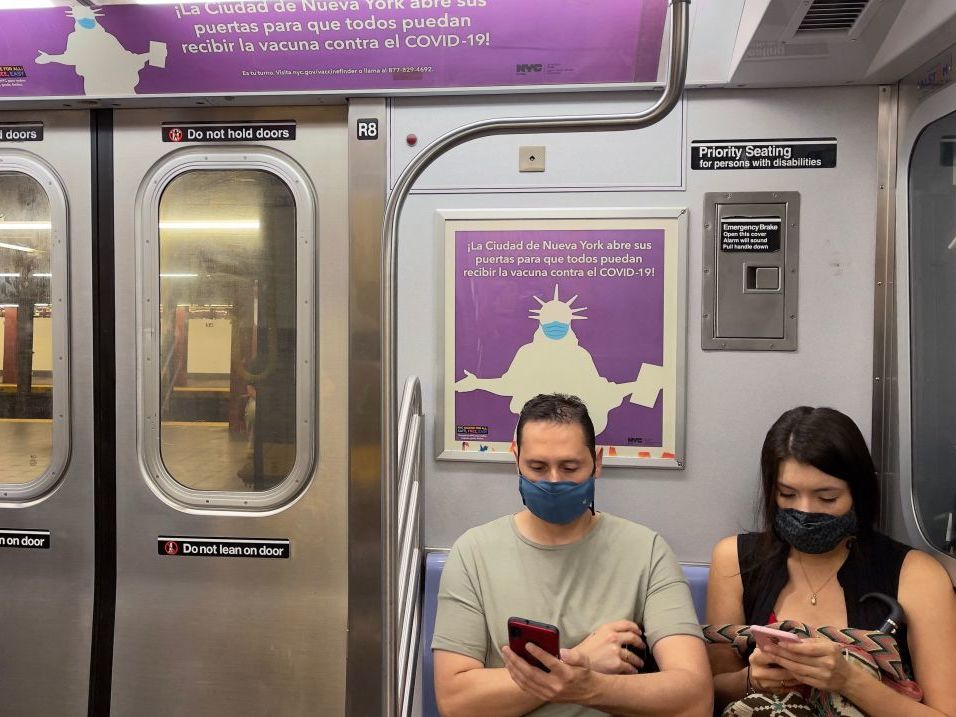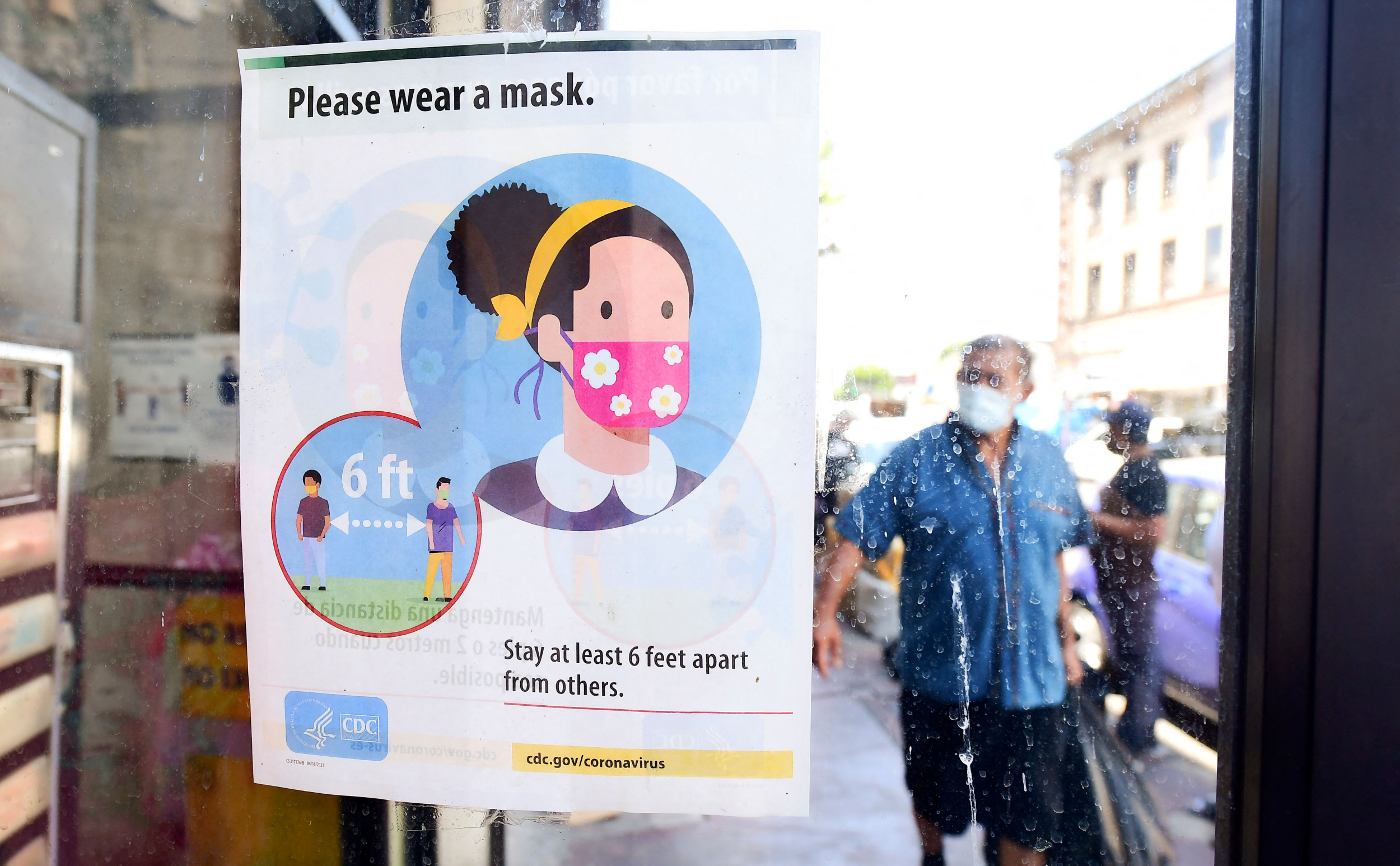

In another key change, the CDC says it will update its guidance for K–12 schools to align its masking recommendations for students with its masking recommendations for the general public. Previously, the vast majority did, since 95 percent of counties were classified as high-risk. Under the new definition, about 30 percent of Americans live in "high-risk" counties. Under the new guidelines, the CDC recommends general masking only in counties with a "high" risk level, defined based on hospitalization rates and local hospital capacity as well as daily new cases. If the CDC had waited much longer, it would have become painfully clear that almost no one was paying attention to its advice anymore. The fact that Walensky announced the changes before the CDC had even managed to revise its " Guidance for COVID-19 Prevention in K–12 Schools" suggests she was anxious to disguise the agency's growing irrelevance. But given that CDC Director Rochelle Walensky was saying as recently as February 15 that the agency had no plans to change its recommendations for schools, it seems clear that the CDC is shifting with the same political winds that encouraged one Democratic governor after another to lift statewide mask mandates. The CDC, as always, claims to be following the science and adapting to changing conditions. On Friday, the Centers for Disease Control and Prevention (CDC) belatedly ratified those decisions, saying it was changing its masking recommendations for schools and indoor businesses. Those moves come three weeks after several blue-state governors said they would stop requiring school districts to force masks on children. California officials are expected to announce a similar change today.

Hours later, New York Mayor Eric Adams said his city's school mask mandate will end next Monday.

Kathy Hochul yesterday announced that a statewide rule requiring students to wear masks in K–12 schools will be lifted this Wednesday.


 0 kommentar(er)
0 kommentar(er)
